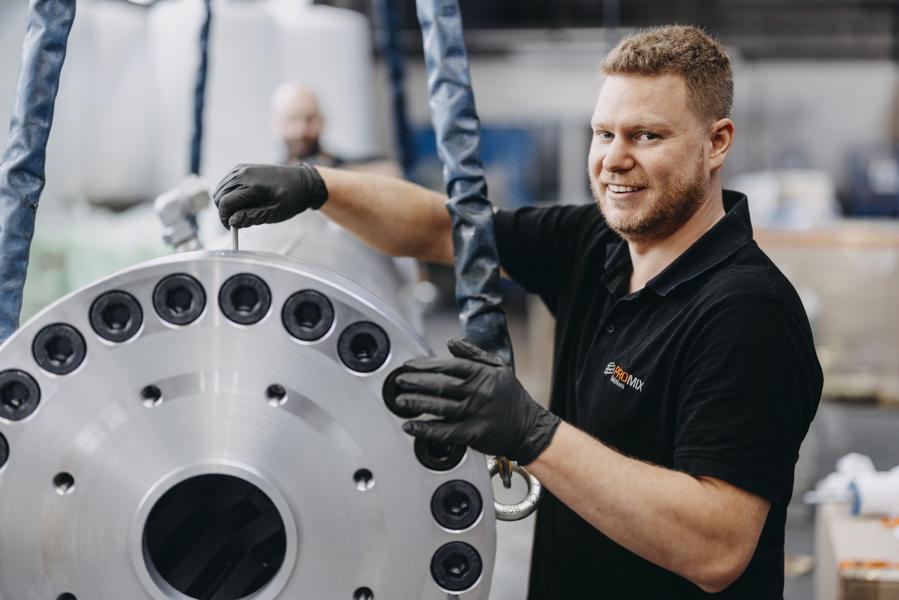At the upcoming K trade fair, Promix Solutions will be presenting solutions for mixing, foaming and cooling of polymer melts, saving raw material costs, reducing the carbon footprint and increasing production capacity. For manufacturers of light foams, such as XPS, XPP, XPE, XPET, Promix will show how P1 cooling mix technology can be used to achieve better mechanical properties and lower foam densities. Promix displays clever solutions for efficient cooling or tempering of viscous media and for inline viscosity measurement. At K 2022, Promix Solutions can be found in Hall 9, booth E18.
From foam extrusion to Promix Microcell Technology
Promix Microcell Technology creates a microcellular foam structure in the polymer by adding environmentally friendly atmospheric gases (N2 and CO2). This reduces the product weight by 20 - 50 %, which leads to massive savings in raw materials. The saved plastic also results in fewer CO2 emissions and your company makes an important contribution to more sustainable production.
For the mechanical properties of physically foamed components, a foam structure that is as fine-cell as possible is a decisive advantage. Especially in the case of films and sheets for the packaging industry, a homogeneous, extremely fine-cell foam structure is essential, since the gas bubbles introduced are deformed again in the subsequent thermoforming process. If the cells are too large, the mechanical strength of the component is weakened and, in the worst case, defects occur.

During the Covid pandemic, Promix conducted intensive research into the further development of physical foam extrusion and carried out various tests in its in-house technical center. With the new Promix Microcell Technology, an important milestone was reached with regard to cell size. It was possible to halve the previous cell size of 100 micron on average. The extremely fine-cell structure leads to very good mechanical values, which are comparable to those of non-foamed trays of the same thickness. Top Load tests have confirmed: With Promix Microcell Technology, weight savings of around 20% can be achieved without sacrificing mechanical properties.
In addition to its use in packaging films, Promix Microcell Technology is also suitable for sheets, foam core and corrugated pipes as well as profiles, cable sheathing, blow molding and blown films. Promix will exhibit relevant key components at the K and will provide information on possibilities within specific fields of application. In the meantime, more than 250 industrial references are in operation and various machine manufacturers are successfully integrating the technology into their plants.
Promix Microcell Technology can be used for almost all raw materials. For example, for PP, PE, PET, TPE, TPU, PA, hard & soft PVC and bioplastics. The technology is available both for newly planned extrusion lines and as a retrofit solution.














